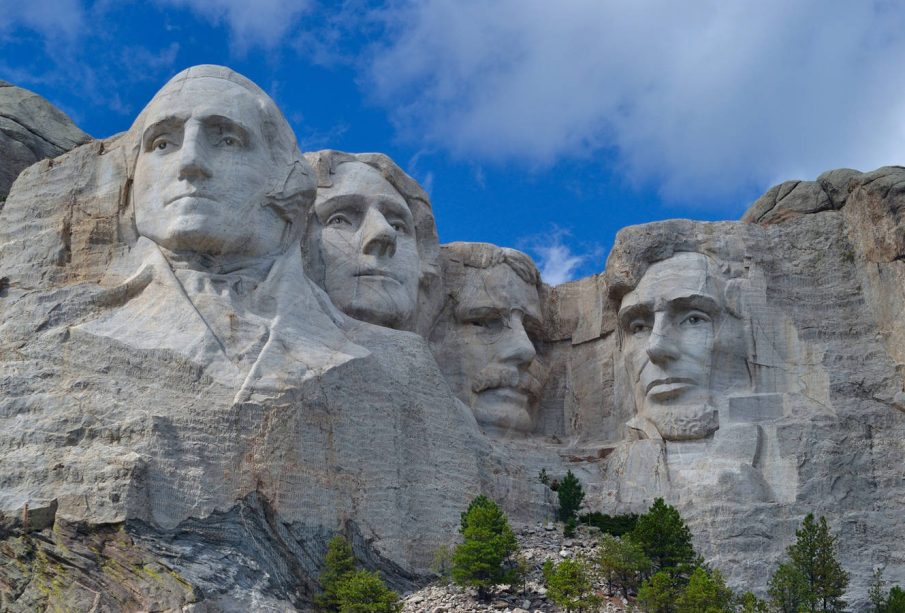The Significance and Beauty of Mount Rushmore

Introduction
Mount Rushmore stands as an iconic symbol of American history and culture, featuring the carved faces of four notable presidents: George Washington, Thomas Jefferson, Theodore Roosevelt, and Abraham Lincoln. This monumental sculpture, located in the Black Hills of South Dakota, attracts over three million visitors annually, underscoring its importance as a national treasure that reflects the country’s ideals and democratic values.
Historical Background
The idea for Mount Rushmore was conceived in the 1920s by sculptor Gutzon Borglum, who aimed to create a massive representation of America’s founding fathers to promote tourism and bolster national pride. The project commenced in 1927 and continued until Borglum’s death in 1941, with his son, Lincoln Borglum, overseeing its completion. The faces were deliberately chosen to represent the nation’s birth, growth, development, and preservation.
Current Events and Preservation Efforts
Recently, efforts have increased to preserve and enhance the site due to natural erosion and climate-related damage. The National Park Service is currently leading initiatives to protect Mount Rushmore’s carvings, including regularly inspecting the granite for fissures and implementing restoration techniques. In 2023, the park celebrated its 80th anniversary since the completion of the sculpture with various events emphasizing educational programs and visitor engagement.
Additionally, ongoing discussions surrounding the representation of indigenous peoples and histories have emerged, leading to greater awareness and dialogue about the site. The Black Hills are sacred to many Native American tribes, and acknowledging their significance fosters a more inclusive narrative about the area’s past and present.
Conclusion
Mount Rushmore remains a vital part of the American landscape and heritage, drawing attention not only for its artistic achievement but also for the conversations it engenders regarding history and representation. As preservation efforts continue, it is essential to engage with the broader themes of national identity and inclusivity. Looking ahead, the monument is poised to inspire future generations while also reminding society of the rich complexity of American history. Visitors can expect educational reforms that not only honour the iconic figures depicted but also recognise the voices and stories of those who were here long before.









